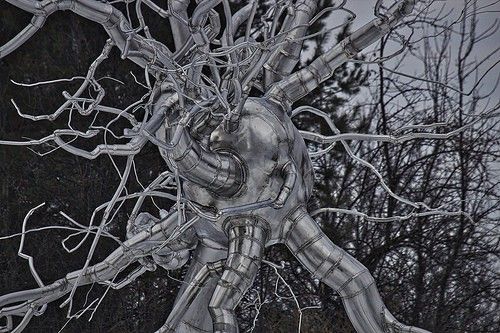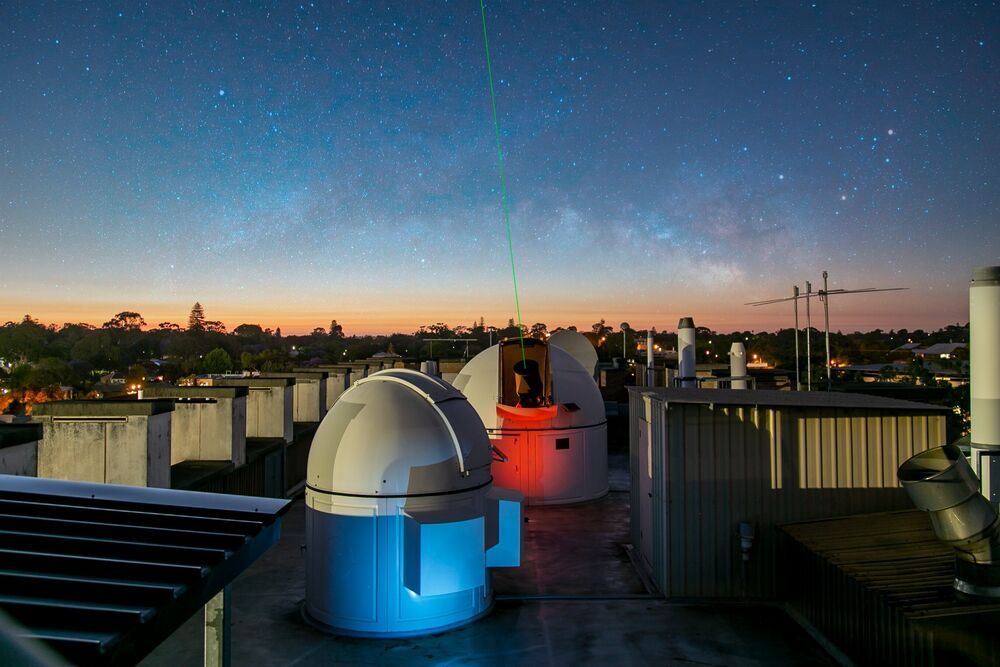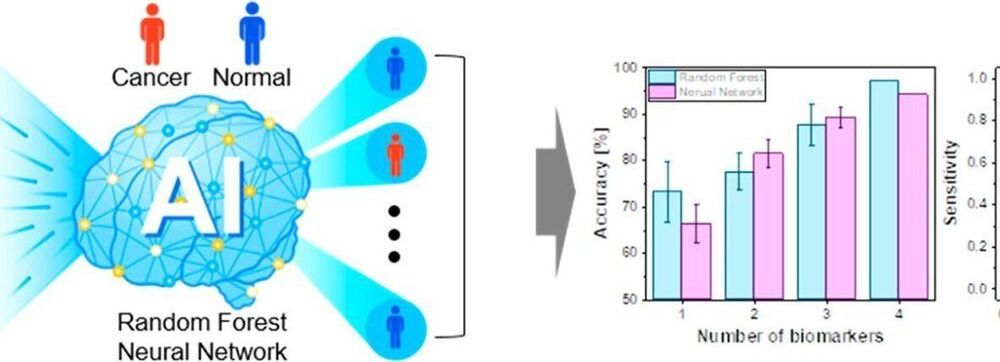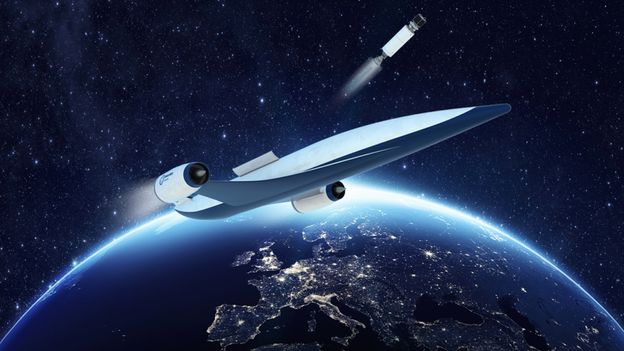Jan 22, 2021
Your Cortex Contains 17 Billion Computers
Posted by Jose Ruben Rodriguez Fuentes in category: robotics/AI
Neural networks of neural networks.
Brains receive input from the outside world, their neurons do something to that input, and create an output. That output may be a thought (I want curry for dinner); it may be an action (make curry); it may be a change in mood (yay curry!). Whatever the output, that “something” is a transformation of some form of input (a menu) to output (“chicken dansak, please”). And if we think of a brain as a device that transforms inputs to outputs then, inexorably, the computer becomes our analogy of choice.
For some this analogy is merely a useful rhetorical device; for others it is a serious idea. But the brain isn’t a computer. Each neuron is a computer. Your cortex contains 17 billion computers.
Continue reading “Your Cortex Contains 17 Billion Computers” »

















